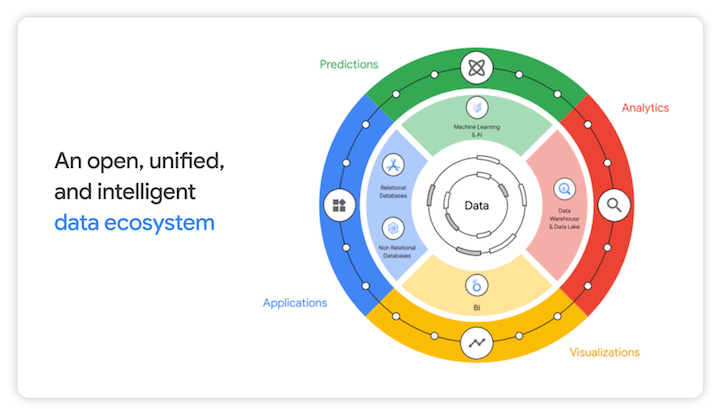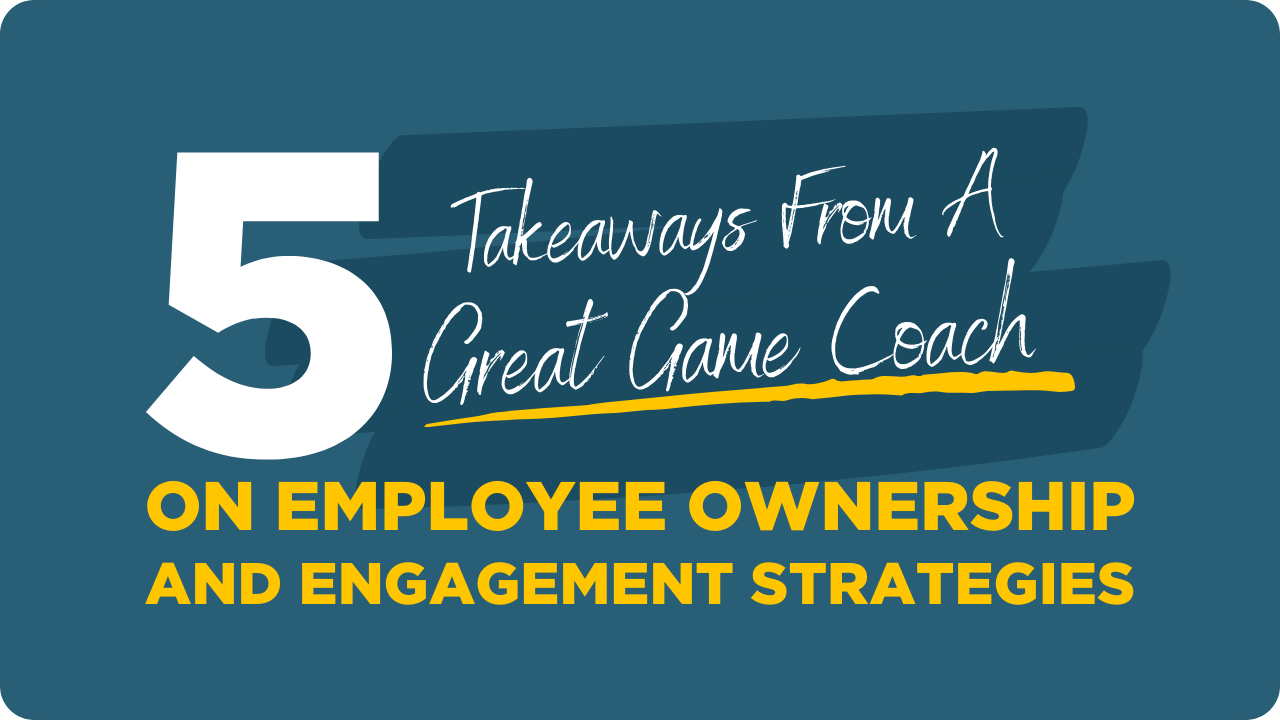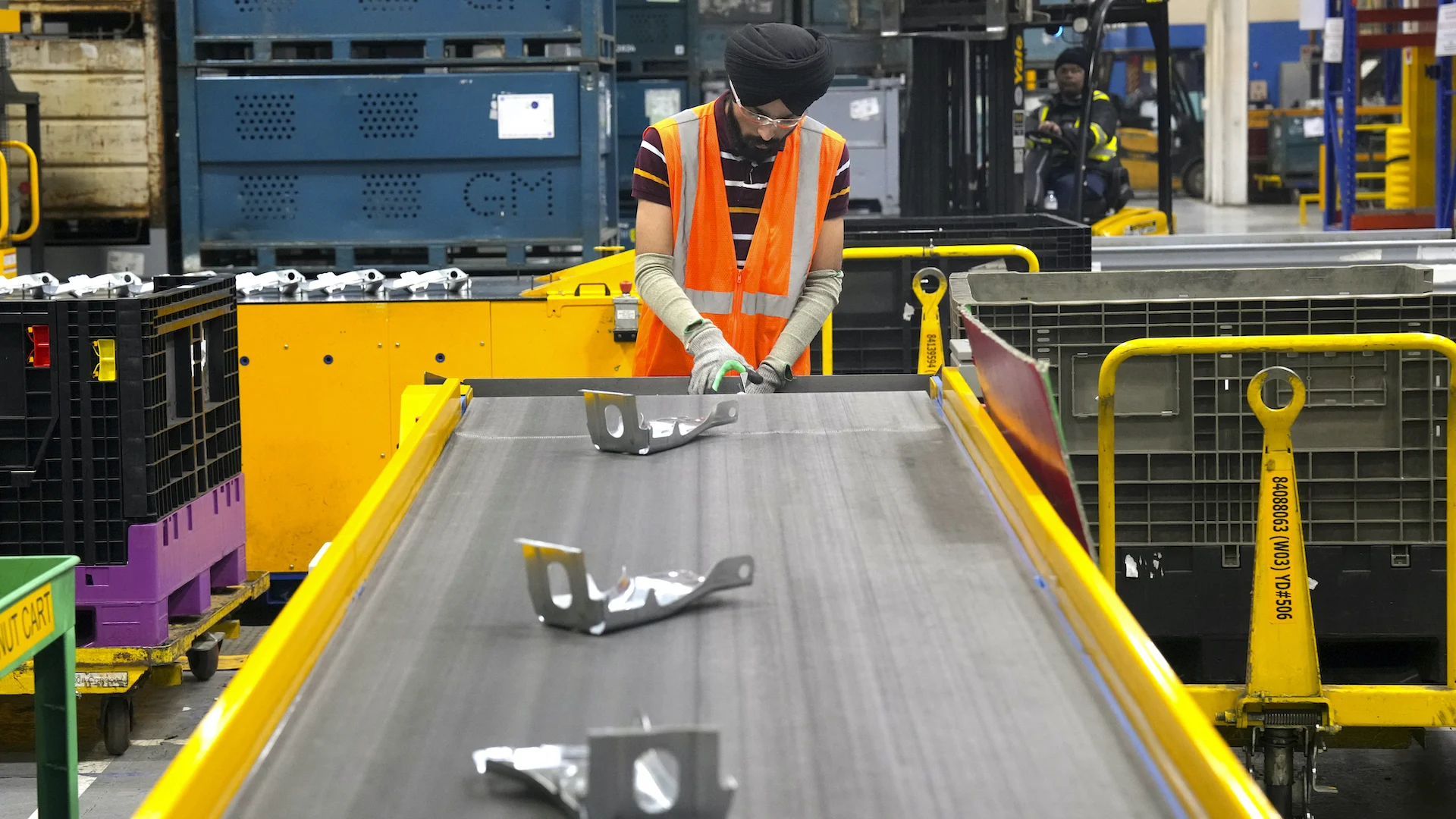Making a good job of remote work
Coronavirus prompted radical and uneven disruption to function and people’s particular life around the world. The query for firms, policymakers and personnel right now is how distant working evolves in the extended term and irrespective of whether they can harness its positive aspects.
When Covid-19 struck, final decision makers wanted to know how many people today could function outside the house the place of work, in order to forecast the financial hurt and strategy responses. We utilized previous surveys to classify which actions could be carried out from dwelling and which — such as individuals necessitating protecting or basic safety devices or working immediately with the general public — could not. We believed that 37 per cent of US careers could be performed entirely from dwelling.
However this normal masks stark distinctions by location, activity and money stage in workers’ capabilities to maintain their careers without jeopardizing exposure to Covid-19. Approximately 90 per cent of roles in finance, with a median hourly wage of about $35, can be performed from dwelling. Almost none can be in food stuff planning, cleansing or farming, which usually pay a lot less than $fifteen per hour. Around 50 percent of the employees in engineering hubs such as Silicon Valley could keep at dwelling, but much less in enjoyment-pushed Las Vegas.
There are huge distinctions internationally. In Luxembourg, a person of the wealthiest countries per capita, the the greater part of careers can be performed from dwelling. In Italy and Spain, the share is about a person in a few. In Mexico or Turkey, it is a person in 5.
Even though our estimates were primarily based on pre-pandemic information, they aligned properly with the real share of careers performed from dwelling as calculated by subsequent surveys, with reduce-money employees and countries dealing with dismal financial circumstances. It is much too early to convey to how homeworking influenced productiveness, whilst surveys suggest many have uncovered the encounter improved than expected.
But when evaluating their organisations’ general performance in the pandemic, administrators should maintain two warnings in head. First, beware of confounding circumstances. Organizations normally run experiments to evaluate the affect on gains before adopting new systems. That did not occur final spring. Personnel started off working remotely instantly, against a backdrop of faculty closures, collapsing demand and the worst general public overall health disaster in 100 several years.
Next, a non permanent change to working from dwelling may perhaps be extremely various from a long lasting alter. We made our study without meeting, but we experienced been colleagues for 5 several years. Marriage money demands human expense, and asking new personnel to function jointly remotely is not the exact same as for an set up crew.
Remote working was technologically possible before Covid-19. It may perhaps choose off later on, but the approach will not be automatic. Expertise demonstrates it will take time to regulate enterprise techniques to use new systems correctly.
In 1987, the Nobel Prize-successful economist Robert Solow quipped: “You can see the laptop or computer age everywhere you go but in the productiveness studies.” Ultimately, Walmart deployed IT-pushed stock programs and Charles Schwab’s platform aided catalyse online securities trading. It took pretty much a 10 years before aggregate productiveness surged.
Enthusiasm about a new engineering normally arrives properly in advance of its productive adoption by firms. Tutorial study demonstrates how deployment demands complementary managerial and approach investments that may even briefly depress calculated productiveness.
It also will take time for social norms to regulate to modifications in the location of function. Two hundred several years ago, the industrial revolution shifted output from properties to factories. Recent function underscores that this took decades. The manufacturing unit method develop into dominant only after sizeable innovations to organisation and administration.
A broad change from factories and offices back again to properties will need employees, administrators and providers to navigate trade-offs if they are to realise the transformative opportunity of distant function. For case in point, how can they attain the positive aspects of spreading a crew throughout situations zones without sacrificing co-ordination and camaraderie? How can they check employees’ productiveness and managing of private data without digitally invading their privacy?
Policymakers also have an important role to enjoy. Improving electronic infrastructure and disseminating finest techniques may perhaps aid deal with the enormous cross-city and cross-region disparities that we determined.


Existing insurance policies may perhaps not be properly suited to a change in the nature and geography of function. New Hampshire has petitioned the US Supreme Court to avoid people who labored at dwelling in the course of the pandemic but are ordinarily used in neighbouring Massachusetts from staying taxed there. The dispute is possible to be the initially of many.
Will people today expend as a lot time working at dwelling in 2030 as they did in 2020? Remote function received ground mainly because of the pandemic and has the opportunity to generate excellent extended-term positive aspects for companies and employees alike: less commutes, cheaper residence and a much larger pool of talent and careers.
But our pressured episode of distant working above the previous 12 months is not adequate to produce individuals positive aspects. Company leaders, business people and policymakers imagining creatively in the coming several years will ascertain irrespective of whether and how quickly distant function will become a long lasting legacy of the pandemic.






